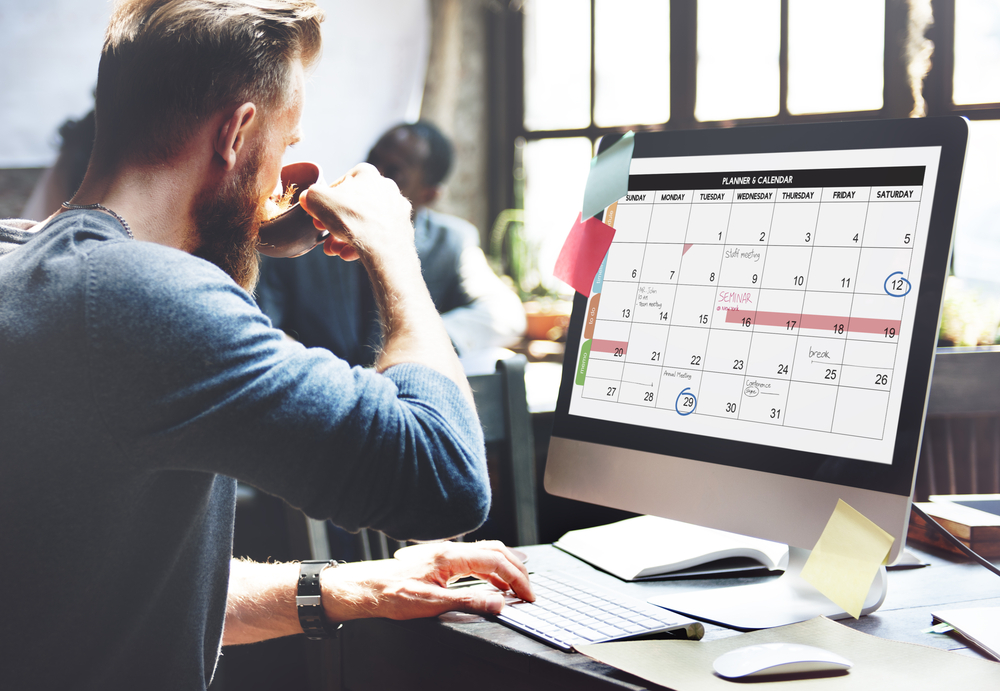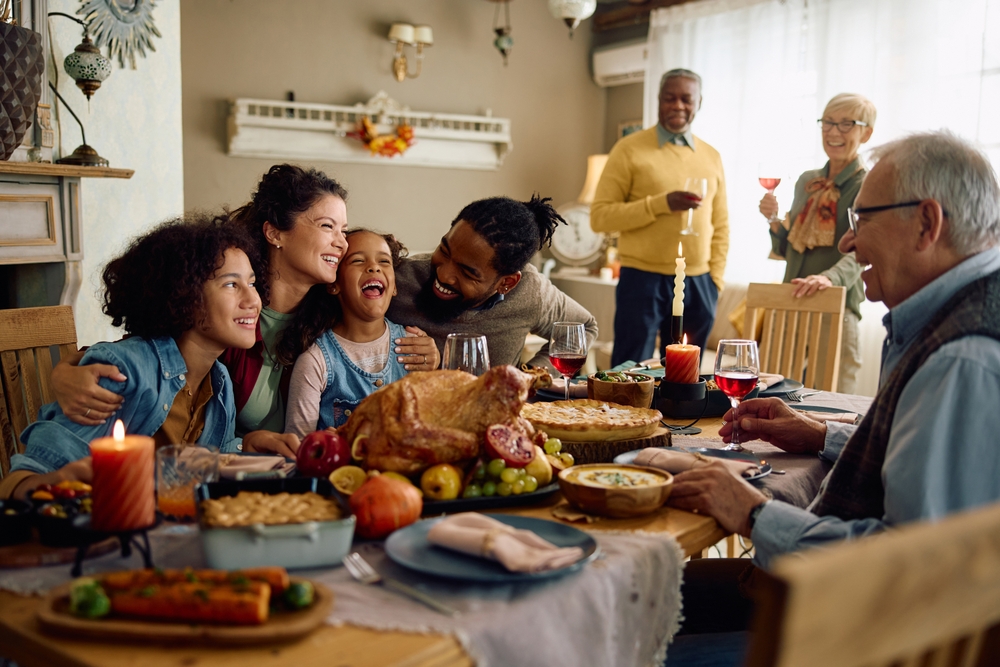
… certainly not these days, anyway. But while this kind of technology is now commonplace, it doesn’t mean that planners should ignore the importance that apps have when it comes to audience engagement. They may have been around for a while, but the passage of time doesn’t diminish the fact that apps play a vital role in linking an event and its audience. But why — when almost every event now has one — should you read yet another blog about event apps? Because familiarity breeds contempt and because this blog is a reminder of all the things that apps should do to enrich the audience experience. Likewise, it also offers a few pointers of how they should ease your role as an event planner.
Functionality and Audience Engagement: Embrace Your “Duh” Moment
What exactly do you need from your event app? What does your audience expect from an event app? It’s a simple question, but have you actually considered what users really need?
- Do you want to see which sessions your audience plans to attend?
- Does your audience want to seamlessly connect with other delegates?
- Do you want to add a social element to the event via the app?
- Have you thought of adding an element of gamification?
- Would you like to offer an interactive floorplan?
So many considerations, so many options … but if an app doesn’t do what you or your audience want, there’s no point in considering it for your event.
From previous feedback, what’s the most popular feature an app can offer? Here at Eventsforce, we know that the facility to view session information and create personalised agendas are among the most popular features of our app. That’s not only great functionality for your delegates, but when the unexpected occurs — say a last minute room change, for example — this presents you, as an organiser, with a sudden delegate navigation dilemma, and so being able to make real-time changes to your event on the fly — in an easy, pain-free way — has to be an essential add-on.
Keep it Simple, Keep ‘em Connected
As with many things in life — and especially your event app — simple is best. An overly complicated app will only cause potential headaches for you and in a worse case scenario, could create disengagement among delegates who struggle or point-blank refuse to use a complex app. The last thing you need during your event is to be explaining how to use the app. An easy UI will not only serve as an invaluable aid in delivering your event, but should be a tool for seamless audience interaction. You want:
- Easy download
- Easy set-up
- Easy navigation
Finally, it’s worth keeping in mind all the considerations we mentioned earlier in terms of the functionality both you and your audience expect from the app. After all, just because a provider offers a dazzling array of features doesn’t mean that that app is the best choice for you or your delegates. The rule: keep it simple and keep ‘em connected with an app that makes the event journey easy and pleasant, but never awkward or arduous.
Strong and Silent: How Good Support Makes for Good Audience Engagement
As every planner knows, things can — and certainly will — go wrong during the course of an event. For that reason, you need to be certain somebody is there and ready to support you whenever you need it. Events generally don’t run a clear 9-5 from Monday – Friday, so have you considered checking your provider’s support hours? It seems like a simple thing, but when there’s a glitch late in the evening or at the weekend, do you really need to be managing this problem — as well as any others — that might crop up? This is where good support is invaluable.
And if you need to get in touch with your provider’s support team, how quickly can you expect a response? Will the team be aware of your event timing and therefore be present to virtually support you? How rapid is the escalation process? Having answers to these kinds of questions in advance can help you to make an informed decision on providers and can also have a direct impact on your desired levels of audience engagement.
Integration for the Win-Win
When looking at an app, there are a number of ways to approach it. You might:
- look for the biggest brand
- look at feedback
- look for the cheapest provider
Integration functionality is definitely something that needs to be considered. Again, this goes back to asking yourself what you want to get out of your app. That’s why it’s essential to consider the integration between the app and all of your other systems. Without seamless integration between your internal systems and your event app, you’re not only making your life more difficult, but wasting time and potentially jeopardising the engagement experience of your delegates.
Take care to ensure that there’s a clear integration with each and every one of your tools by vetting suppliers according to the service they provide. Make sure you scrupulously review what pieces of software can be integrated from your current event technologies into your chosen app. This could (and should) include ticketing solutions and digital maps as well as interactive tools for audience engagement.
One option is to work with a supplier or vendor who specialises in integration services; they can create a bespoke connection to link their system with your event software. A second option, however, is to work with a provider like Eventsforce, which will enable you to manage your registration and app data in a single platform. Whichever way you go about things, don’t ever dismiss the link between integration and audience engagement; this is, after all, a win-win for both you and your delegates.
Event App + Time Saved = Audience Engagement
The best event app is one that saves you and your delegates time.
But how does this feed into audience engagement? Apps bring value to events only when they successfully connect attendees to the right information and the right people at exactly the right time. By selecting a system that provides simultaneous updates on both an app and a website, you’re ensuring that your delegates are viewing accurate information at any given moment. But the real engagement comes when your delegates can seamlessly connect with one another via an app, taking the time to select places to meet during networking breaks or even connecting just to say hello to any of their peers.
With the right system, you could extrapolate that success even further by gamifying these kinds of experiences in your app to create leaderboards in connections, or in the number of exhibitors visited, or sessions attended, etc. The point is, don’t be complacent with your app; engage with it to unlock its full potential, sharing the fun and excitement with your delegates, all while reaping the rewards of event success.
Running an event, want to boost your attendee engagement, and need a mobile app? Give your attendees an event experience they’ll remember with technology you can rely on. Learn how Eventsforce can make your next event fabulous and successful. Book your personalised demo now.






